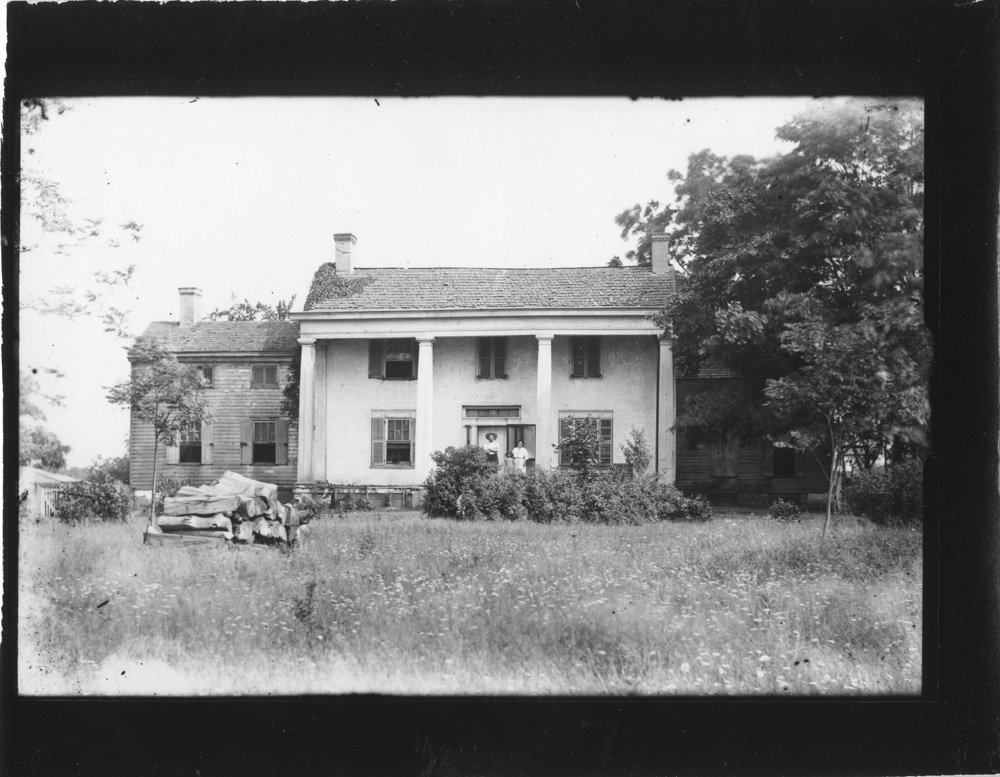
Castle Howard, ca. 1900
Collection of the Historical Society of Princeton
Part of The Emergence of Princeton Extravagance.
Thomas Norris built this stone mansion from an existing smaller house around 1763. It stood on property from two original Princeton land purchases, those of Richard “The Settler” Stockton (see Early Stony Brook) and Henry Greenland (see Greenland-Brinson-Gulick House). After he built it, Norris put the new house up for sale, and it was purchased by Captain William Howard. Howard, from England, was a captain in the 17th Regiment during his youth. Ironically, the 17th Regiment is the same British force that later engaged American soldiers at the Battle of Princeton. Though Howard was an American patriot, (“No Tory Talk Here” hung above his mantle), his wife Sarah Hazard was a self-proclaimed Tory. She even married a British officer after Howard died in 1776, and they fled the town in 1777 during the Battle of Princeton.
In 1776, Sarah left the house in care of College of New Jersey (now Princeton University) president John Witherspoon (see Tusculum Farm). It was owned next by Reverend Philip Stockton, then Erkuries Beatty, Princeton’s first mayor. Beatty conducted and recorded various farming experiments here in 1794-95. He is known to have used the labor of at least eight enslaved people here. In addition, he employed the sons of neighboring farmers, whom he paid for a few months’ service.
Original Sections: the majority of the existing house was built by 1763, though the wooden section to the left of the stone center block is likely the earliest section
Present Use: private residence

Castle Howard, ca. 1900
Collection of the Historical Society of Princeton